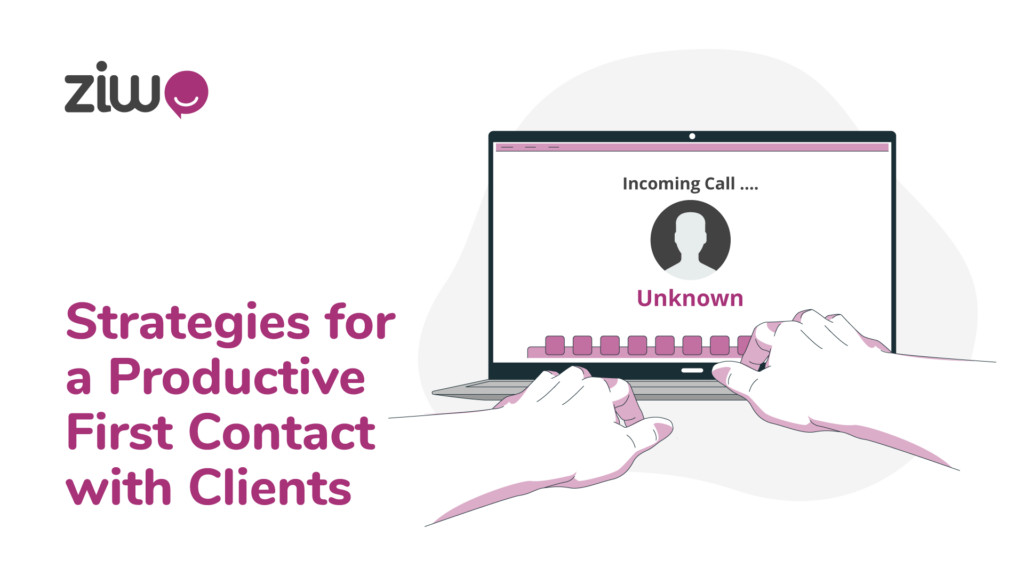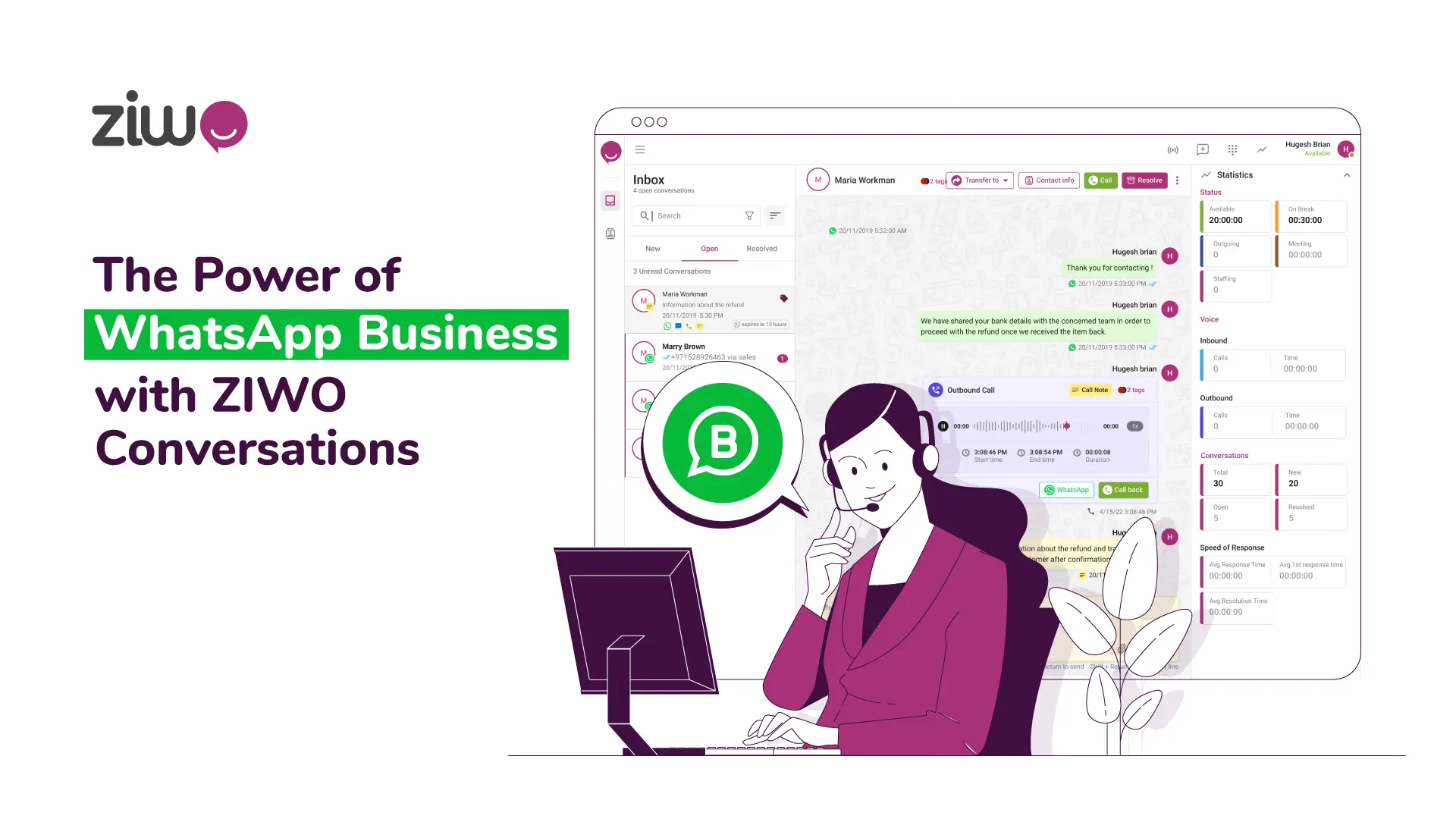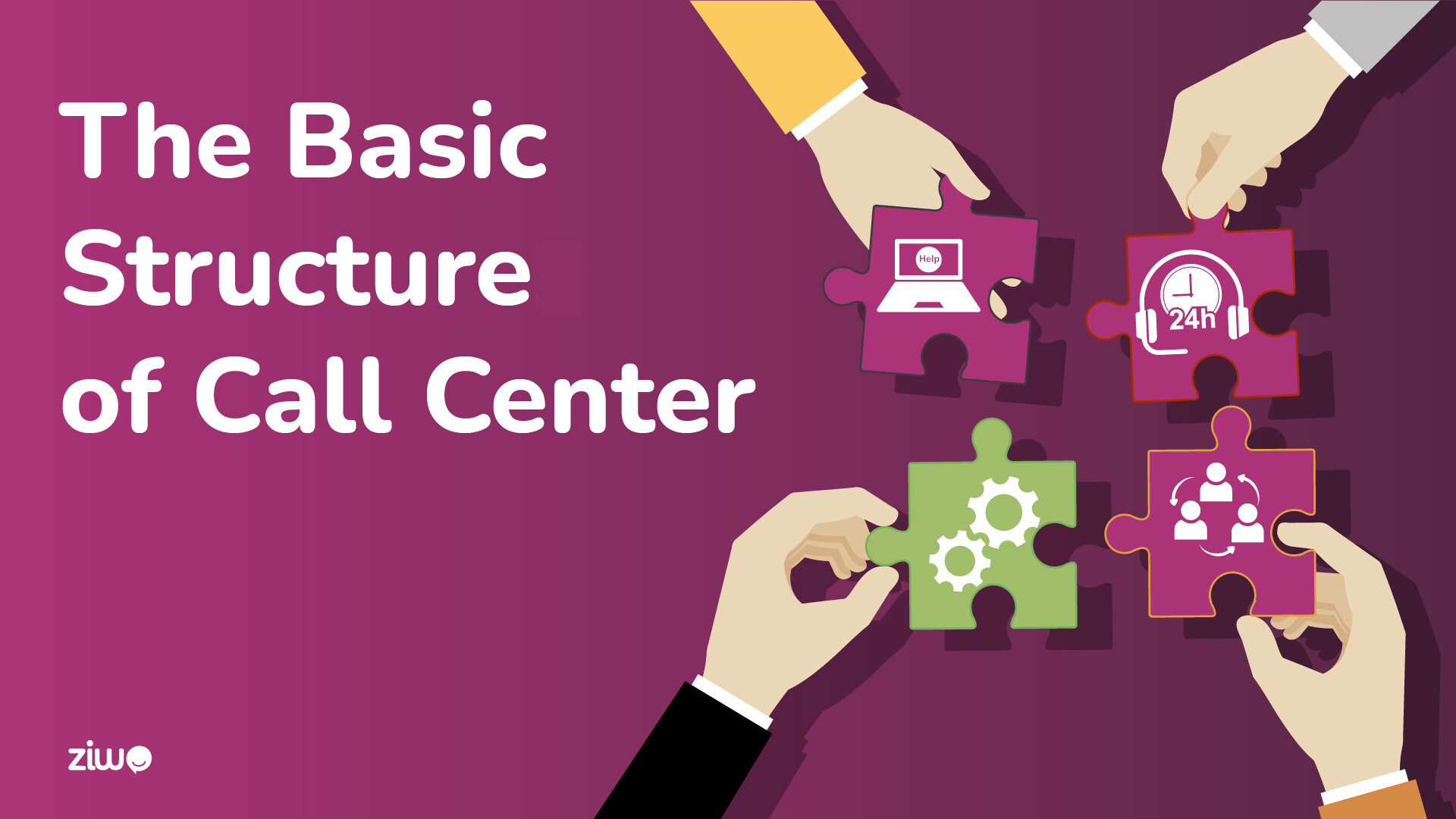
The organizational structure of a call center is a set of interrelated units or elements that, when interacting with each other, ensure the functioning of a single system, as well as its development.
So the structure of a call center for large, medium, and small businesses consists of interconnected departments, each of which performs certain functions. Established and understandable communication between all departments ensures its main task – uninterrupted and high-quality work in the call center.
The structure of a call center, or rather, its organizational structure, primarily depends on the size of the company, as well as on the direction of its activities.
In this article, we propose to consider a fairly extended scheme of the structure of the call center and the functions that each of its departments performs.
Agents
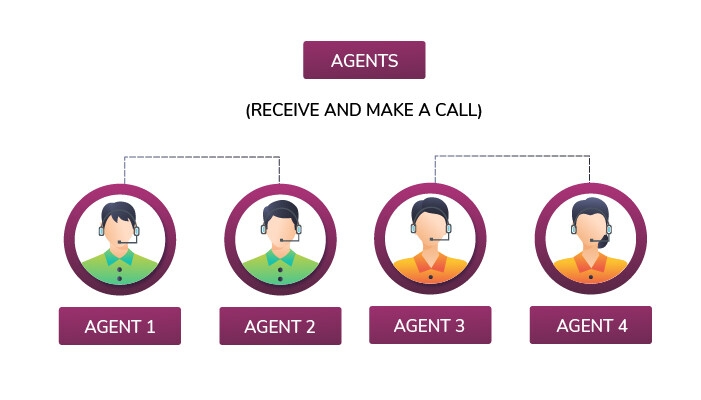
The agents team is the largest one. They perform the main functions of the call center – receiving and making phone calls, and also communicating with customers using other communication channels. There can be two or even three times more agents in the contact center than the available agents at the office because most often they work in shifts. The work in this department is carried out according to clear rules and instructions.
Agents are required to adhere to fixed breaks for rest or training. The management of the call center sets strict standards and full control over the workflow of agents. Perhaps that is why this team has the highest staff turnover. Some employees (mostly students) treat such work as temporary and subsequently go to work in the region in their specialty.
Senior Agents
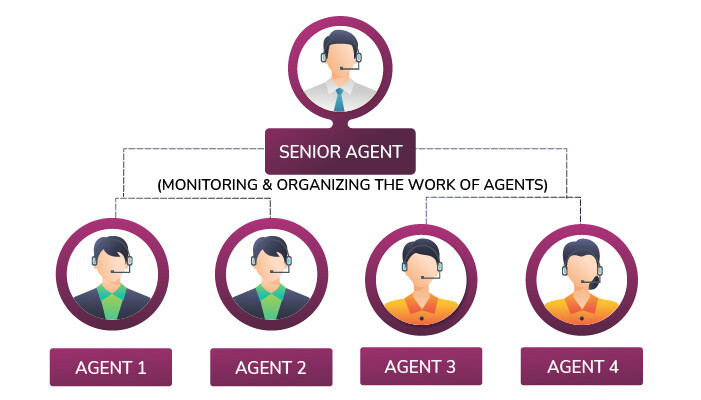
The next structural unit in the call center’s organizational structure is senior agents. Their responsibilities include monitoring and organizing the work of a certain group of agents. Mostly 5-7 workers for each. Senior agents can assist newcomers at the initial stages, advise agents on complex issues, create work schedules for their group, and so on. Senior agents combine these duties with the usual functions of agents, such as receiving calls..
Supervisors
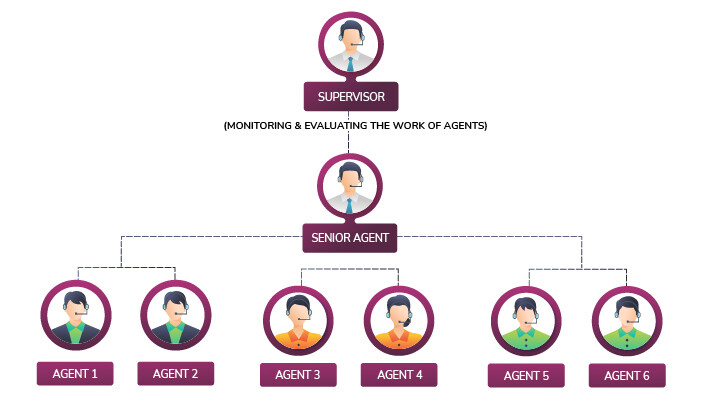
The work of this department is aimed at monitoring and evaluating the work of agents. The most responsible and experienced senior agents (or agents) are predominantly transferred to the position of supervisor. Also, supervisors must ensure the implementation of the set plans and interaction with the highest levels of standards.
Sales Department
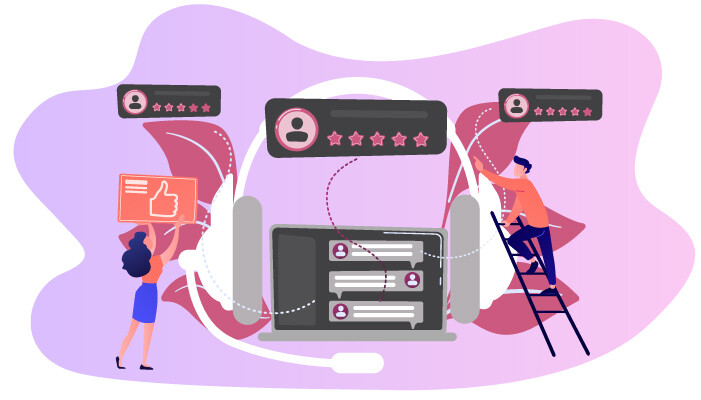
To ensure the work of the entire call center, it is necessary to have a sales department that is looking for potential customers and selling call center services to them. In addition, these clients come under the supervision of managers (or project managers), who are responsible for coordinating the workflow between customers and contractors. Project managers in outsourcing call centers determine the needs, form the necessary indicators, and control the performance.
Technical Department
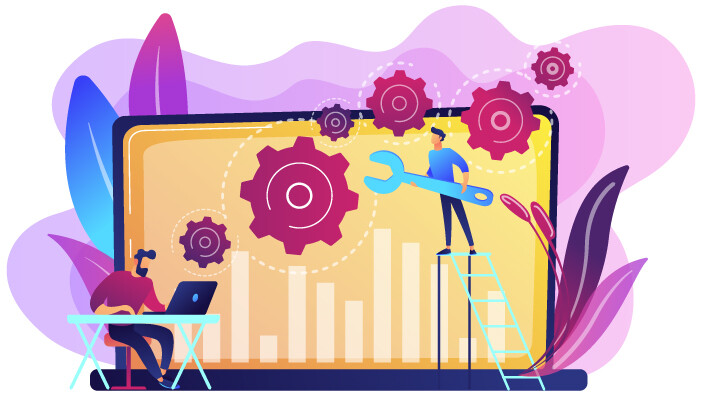
Ensure the technical capability so that the work of the call center is carried out on time, and the technical department must be of high quality. Their responsibilities include monitoring the proper provision of jobs with the necessary resources (network, electricity, telephony), as well as finding the necessary tools and software that will empower the agents (eg. CRM software, Cloud Call Center Solutions, workforce management software,..etc). The IT department of the call center is bound to eliminate or minimize downtime due to technical malfunctions if such issues are internal and fall within their area of responsibility.
HR Department
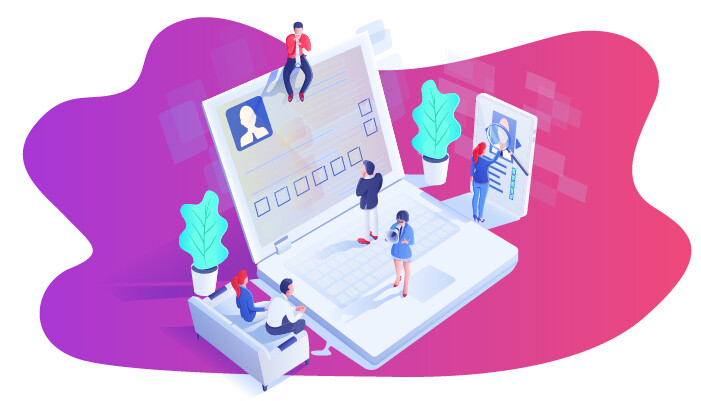
With staff turnover in the department, the agents were sent to fight the personnel management department in the call center. In large companies, the recruitment of new employees occurs almost continuously. Therefore, the personnel structure of the call center is the main activity that the HR department is engaged in.
It is intended to provide full employee staffing, quickly close new open vacancies, bring candidates up to date in as much detail as possible, and explain all nuances of the work process, including its positive and negative aspects. Thus, it will be possible to reduce the number of layoffs at the initial stages of work.
Training Department
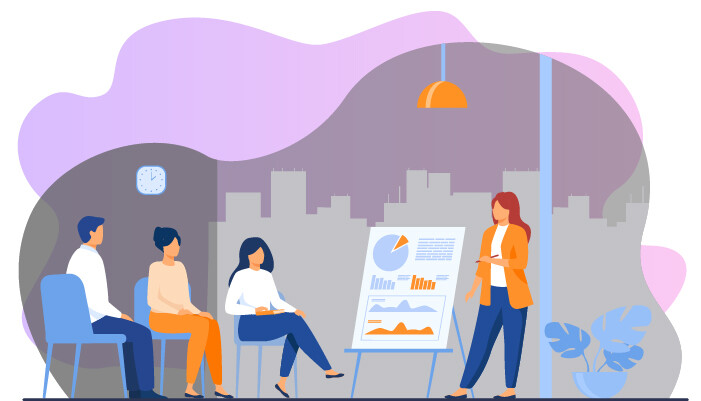
Before joining the workflow, newcomers enter the training courses conducted by the training department. Here they are trained in basic customer service instructions, especially if they have no experience in a call center. Also, business coaches conduct training for existing staff before launching each new project. According to an individual approach, conversation scripts are created for a specific project, and all possible options for the development of a conversation are provided, taking into account the wishes and requirements of the customer.
Quality Assurance Department
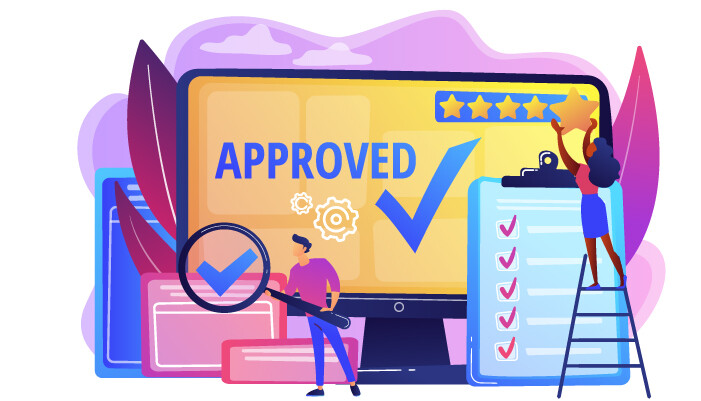
The quality assurance department should monitor compliance with the requirements and established rules. They monitor the work of agents, listening to their conversations and giving their assessments, as well as recommendations for improving customer service.
Also, in the structure of the call center, there may be a separate department that will be responsible for the development of the company. Their job is to find new areas of activity, introduce new technologies and communication channels, and improve work processes and the level of service provided.
In small companies, the organizational structure of the call center is significantly different from that described above. Oftentimes, there are only 3-4 departments that perform several different functions in the same direction. For example, the head of a call center may also be involved in its development and, in part, in the search for customers and personnel. Some call centers do not have quality and training departments, and their functions are taken over by supervisors and managers. Quite often, certain workers can work remotely. It can be HR or business coaches who will only occasionally be in the call center office.
Studies have shown that the efficiency of work is not affected by the structure of the call center itself, but rather by well-functioning communication and cooperation between all its departments. Therefore, it is important to take care of the quality transfer of information between them and cohesive work aimed at achieving a common result.




